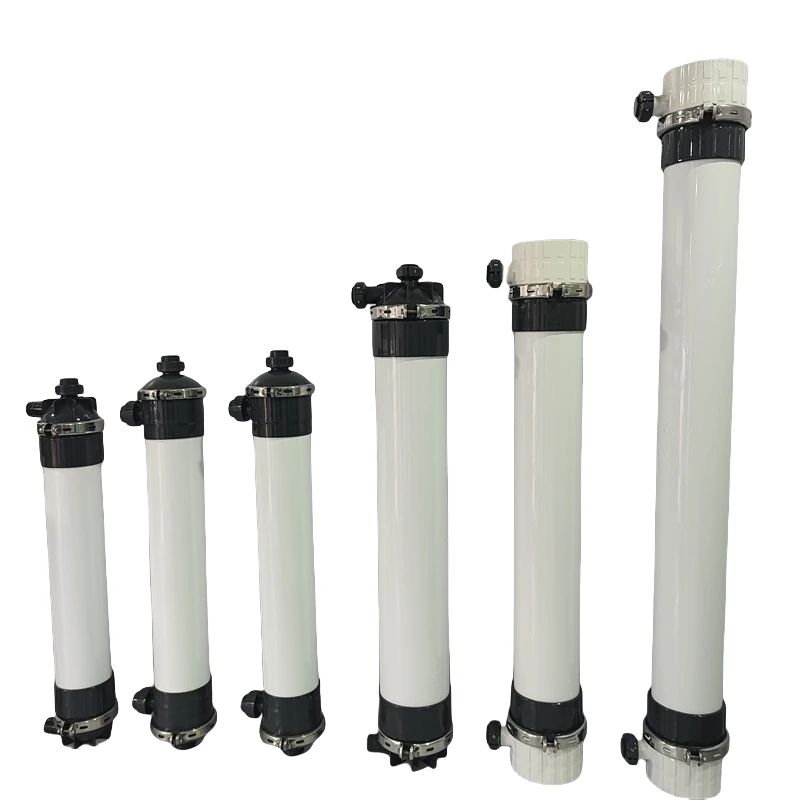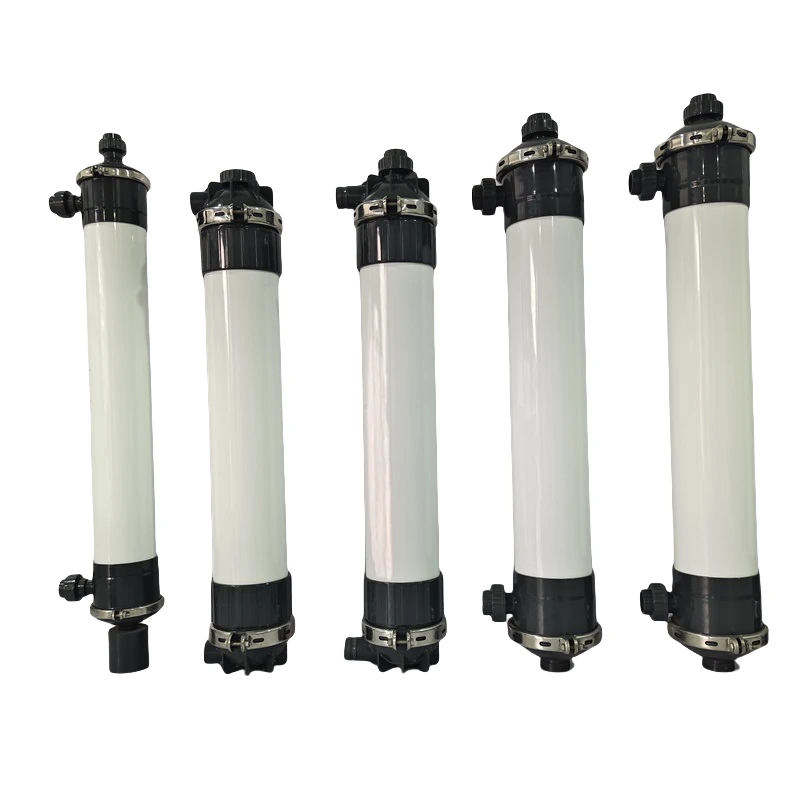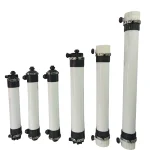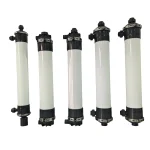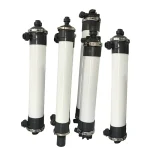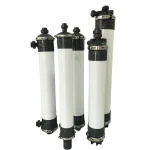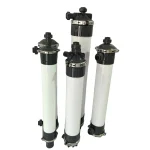BasideWT- Whole Home Water Filtration System & Replacement

Hollow Fiber UF Membrane Water Filter – Advanced Ultrafiltration System for Clean Water
PRODUCT PARAMETERS
- Product Name: UF Membrane
- Model: PVDF
- Aperture: 0.03um
- Core Components: Ultrafiltration
- Usage: Production of pure water
- Technology: Ultrafiltration membrane filtration
- Processing Type: Filtration
- Operating temperature: 5-40℃
- Brand Name: BasideWT
- Packing: Standard Exportation Package
How Hollow Fiber UF Membrane Technology Works
Hollow Fiber UF Membrane is a precision separation device that uses semi-permeable hollow fibers as the filtration medium. By applying pressure differentials, it allows only water molecules, dissolved salts, and small organics to pass through while blocking:
✔ Bacteria & viruses (0.01-0.1 micron),Turbidity & microplastics,Proteins & colloids
UF membrane is made of high-strength hollow fiber PVDF. It can effectively remove suspended solids, colloids, bacteria, viruses, and large organic molecules from water while retaining mineral ions.
0.03 µm nominal pore diameter, guarantees stable permeate
Hydrophilic PVDF fibers for easy cleaning and wettability
PVDF polymeric hollow fibers for high strength and chemical resistance allows long membrane life
Key Advantages vs Conventional Filtration:
| Feature | Hollow Fiber UF | Sand/Ceramic Filters |
|---|---|---|
| Filtration Precision | 0.01 micron | 1-5 micron |
| Pathogen Removal | 99.99%+ | <90% |
| Maintenance | Backwashable | Replaceable media |
(Source: American Membrane Technology Association, 2024)
3 Core Benefits of Ultrafiltration Membrane Systems
1. Unmatched Filtration Efficiency
The precisely controlled pore structure achieves:
- 4-log reduction of bacteria (99.99%)
- Complete removal of microplastics >0.1μm
- No chemical additives required
⚠ Critical Note: Unlike RO membranes, UF preserves beneficial minerals like calcium and magnesium.
2. Energy-Saving Operation
- Zero electricity consumption – Works on line pressure (10-100 psi)
- <5% water waste vs 25-75% in RO systems
- Carbon-neutral operation
Our 2025 case study showed 62% lower lifetime costs compared to UV disinfection systems.
3. Robust & Long-Lasting Performance
- PVDF membrane material resists chemical corrosion
- 50,000+ gallon capacity before replacement
- Simple maintenance – Just monthly backwashing

Specification Parameters
| Model | UF4040U | UF6040U | UF8060U | UF8040C | UF8060C | FUF1060C |
| Membrane Surface Area (m2/ft2) | 8 / 86.11 | 25 / 269.10 | 60 / 645 | 40 / 430.55 | 55 / 592 | 75 / 807.29 |
| Hollow Fiber Material | PVDF | |||||
| Pore Size (μm) | 0.03 | |||||
| ID / OD (mm/inch) | 0.7 (0.027) / 1.3 (0.051) | |||||
| Flow Direction | Outside – in | |||||
| L1 (mm/inch) | 1,225 / 48.23 | 1,410 / 55.51 | 1,882 / 74.09 | 1,295 / 50.98 | 1,670 / 65.75 | 1,670 / 65.75 |
| L2 (mm/inch) | 1,025 / 40.35 | 1,045 / 41.14 | 1,473 / 57.99 | 1,200 / 47.24 | 1,595 / 62.80 | 1,595 / 62.80 |
| D (mm/inch) | 90 / 3.54 | 160 / 6.30 | 200 / 7.87 | 200 / 7.87 | 200 / 7.87 | 250 / 9.84 |
| A (mm/inch) | 110 / 4.33 | 195 / 7.68 | 240 / 9.45 | 235 / 9.25 | 235 / 9.25 | 290 / 11.42 |
| In/Outlet Connector | DN25 | DN32 | DN40 | DN50 | DN50 | DN50 |
| Housing Material | UPVC | |||||
| Joint Material | UPVC | Stainless Steel | ||||
| Sealant | Epoxy Resin | |||||
| Max. Feed Pressure (Mpa/psi) | 0.3 / 43.52 | |||||
| Operation Flux (L/H) | 400 – 1,200 | 1,250 – 3,750 | 3,000 – 9,000 | 2,000 – 6,000 | 2,750 – 8,250 | 3,750 – 11,250 |
| Max. TMP (Mpa/psi) | 0.2 / 29.01 | |||||
| Operation Temp | 5 – 40 / 41 – 104 | |||||
| pH Range | 2.0 – 12.0 | |||||
| Max. Turbidity (NTU) | 300 | |||||
| Permeate Turbidity | ≤ 0.1 | |||||
| Permeate SDI | ≤ 3.0 | |||||
| Max. Continuous Chlorine (ppm) | 1,000 (available chlorine concentration) | |||||
| Backwash Flux (L/H) | 600 – 800 | 1,900 – 2,500 | 4,500 – 6,000 | 3,000 – 4,000 | 4,200 – 5,500 | 5,500 – 7,500 |
| Air Scouring Flux (Nm3/H) | 0.6 – 1.0 | 1.5 – 3 | 4 – 6 | 3 – 5 | 4 – 6 | 6 – 9 |
Hollow Fiber UF Membrane Application Scenarios
1. Drinking Water Treatment
- Municipal Water Purification
- Removes bacteria (99.99%), viruses, and turbidity
- Operates at low pressure (1-5 bar), reducing energy costs
- Used in large-scale plants (up to 100,000 m³/day capacity)
- Household Water Filters
- Point-of-use systems under sinks
- Portable water purifiers for outdoor use
- Compact units for apartments/offices
2.Food & Beverage Industry
- Dairy Processing
- Milk protein concentration (WPC production)
- Whey demineralization
- Cheese brine recovery
- Beverage Production
- Juice clarification (replaces fining agents)
- Beer/wine stabilization
- Bottled water final filtration
Technical Spec: 150kDa MWCO for most dairy applications
3. Pharmaceutical & Biotech
- Vaccine Production
- Virus concentration/purification
- Buffer exchange
- Endotoxin removal
- Biopharmaceuticals
- Monoclonal antibody purification
- Plasma fractionation
- Fermentation broth clarification
FAQs
Choosing the perfect water treatment system depends on your specific water quality, household size, and needs. We make it easy with our 3-step process:
Water quality testing – analyze your water for contaminants, hardness, and other factors.
Personalized Consultation – Our experts recommend systems based on your results, budget, and water usage.
Customized Solution – From whole-house filtration to targeted solutions (e.g., RO for drinking water, softeners for hard water), we tailor the system to your home.
To determine your water flow rate in gallons per minute (GPM), follow these simple steps:
Prepare for Testing:
- Prepare for Testing:
- Ensure all water fixtures in your home are turned off
- Select the faucet closest to your main water supply line (usually the kitchen sink or an outdoor spigot)
- Conduct the Test:
- Fully open the selected faucet
- Time how many seconds it takes to fill a 1-gallon container
- Repeat the test 2-3 times for accuracy
- Calculate Your Flow Rate:
Use this formula: Flow Rate (GPM) = 60 ÷ Fill Time (seconds)Example Calculation:- If your 1-gallon container fills in 15 seconds
- 60 ÷ 15 = 4 GPM
For more precise measurements or whole-home flow rate analysis, contact our water system specialists. We can help you determine if your current flow rate meets the requirements for any water treatment systems you’re considering.
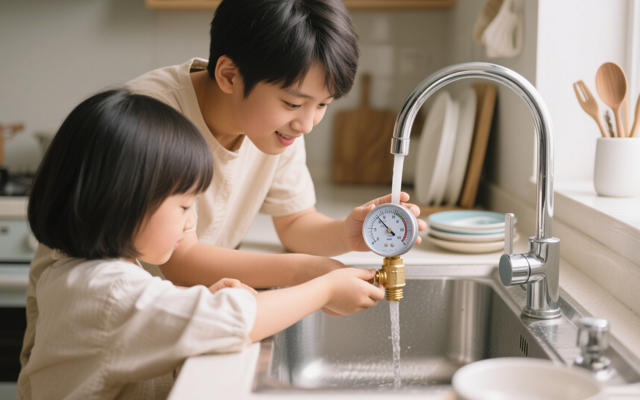
1. Check Multiple Fixtures
Test water pressure at different faucets, showers, and appliances (e.g., kitchen sink, bathroom sink, outdoor hose).
If only one fixture has low pressure, the problem is likely localized (clogged aerator, faulty valve, or pipe issue).
If all fixtures have low pressure, the issue is systemic (main supply, pressure regulator, or water heater).
2. Inspect the Aerator or Showerhead
Unscrew the faucet aerator or showerhead and check for mineral deposits, debris, or rust.
Soak it in vinegar overnight to dissolve buildup, then rinse and reattach.
3. Check the Main Shutoff Valve
Locate the main water shutoff valve (usually near the water meter or where the main line enters the house).
Ensure it’s fully open (turn clockwise to close, counterclockwise to open).
1. Activated Carbon Filters
- Removes:
✅ Chlorine & chloramines
✅ Bad tastes & odors (e.g., sulfur)
✅ Volatile Organic Compounds (VOCs)
✅ Some pesticides & herbicides
❌ Does not remove heavy metals, dissolved minerals, or microbes
2. Reverse Osmosis (RO) Systems
- Removes:
✅ Heavy metals (lead, arsenic, mercury, cadmium)
✅ Dissolved salts (fluoride, nitrates, sulfates)
✅ Microplastics & sediment
✅ Bacteria & viruses (if combined with UV)
✅ Chlorine & chemicals (with carbon pre-filter)
❌ May remove beneficial minerals (can be remineralized)
3. Water Softeners (Ion Exchange)
- Targets:
✅ Calcium & magnesium (hardness)
✅ Low levels of iron & manganese
❌ Does not remove bacteria, chlorine, or heavy metals
4. UV Purifiers
- Kills:
✅ Bacteria (E. coli, coliform)
✅ Viruses (rotavirus, hepatitis)
✅ Protozoa (Giardia, Cryptosporidium)
❌ Does not remove chemicals, metals, or sediment
5. Sediment Filters
- Removes:
✅ Sand, rust, dirt
✅ Large particles & silt
❌ Does not remove dissolved contaminants
6. Whole-House Filtration Systems
Combines multiple methods (carbon + sediment + UV) for broad protection.
- UV: Kills bacteria/viruses but doesn’t remove chemicals or particles.
- RO (Reverse Osmosis): Removes 95–99% of contaminants (heavy metals, dissolved salts) but requires electricity.
- Activated Carbon: Absorbs chlorine, odors, and organic compounds—ideal for pre-filtration.
REQUEST A QUOTE
RELATED PRODUCTS

Household Hollow Fiber UF Water Filter Cartridge 1/4″ NPT

UF Filter Membrane Hollow Fiber Ultrafiltration Membranes BasideWT

Reverse Osmosis Membrane 3013-400G 600G ro membrane change For Home RO Drinking Water Purifier System
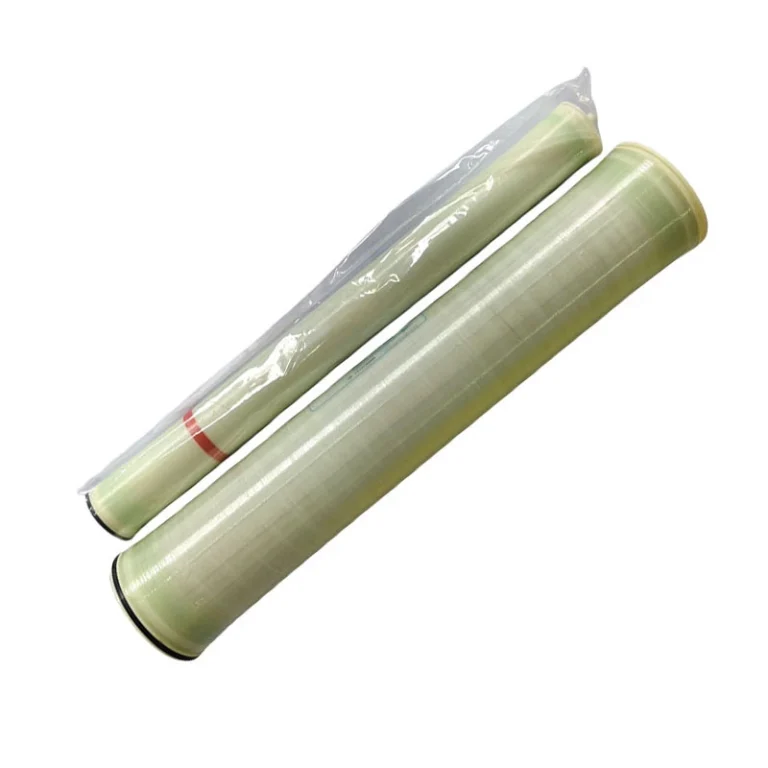
Cheap Price UPL4021 4040 8040 RO Membrane for Water Treatment Reverse Osmosis System
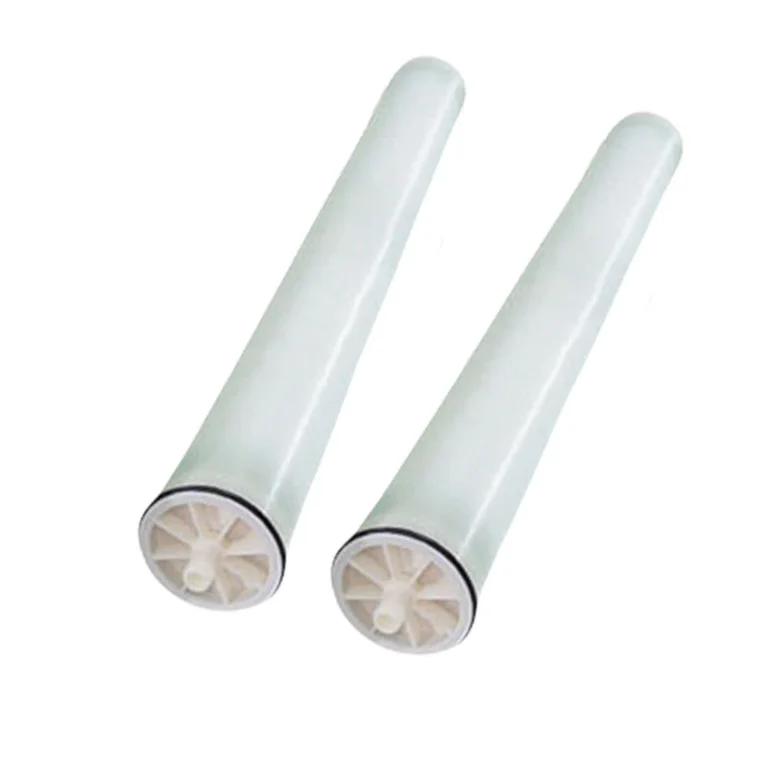
Extra Low Pressure ULP 4040 RO Membrane Element – 4 x 40 Inches for Low TDS Water



